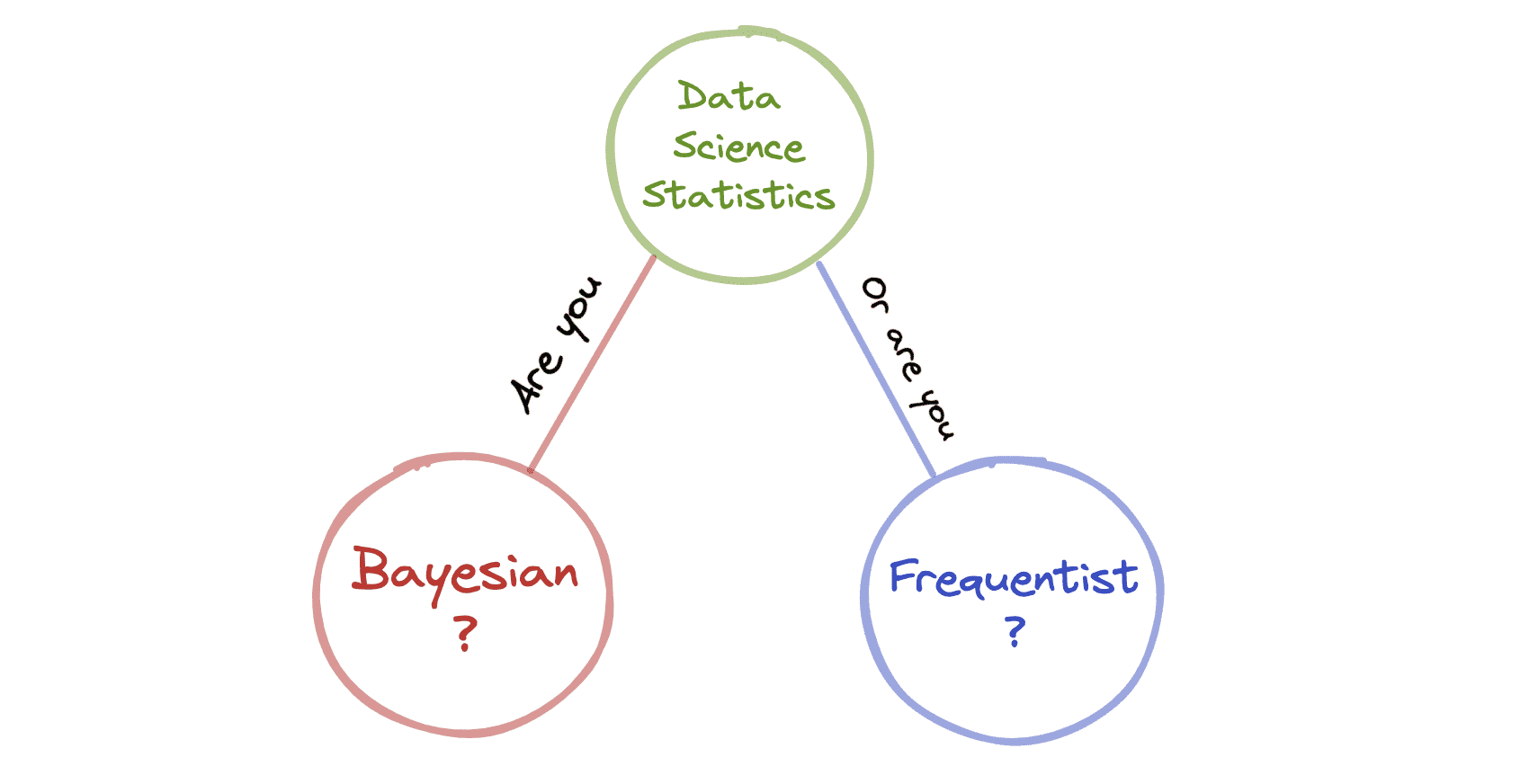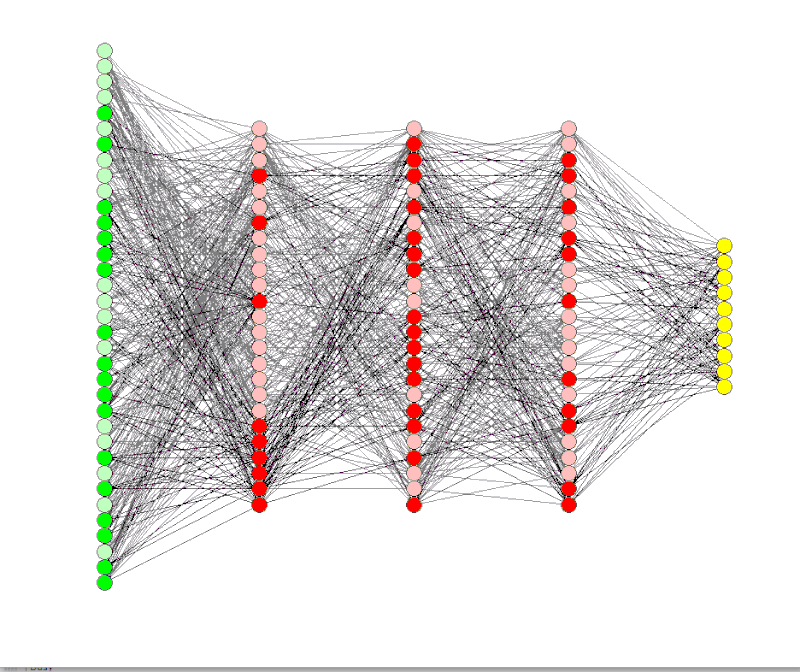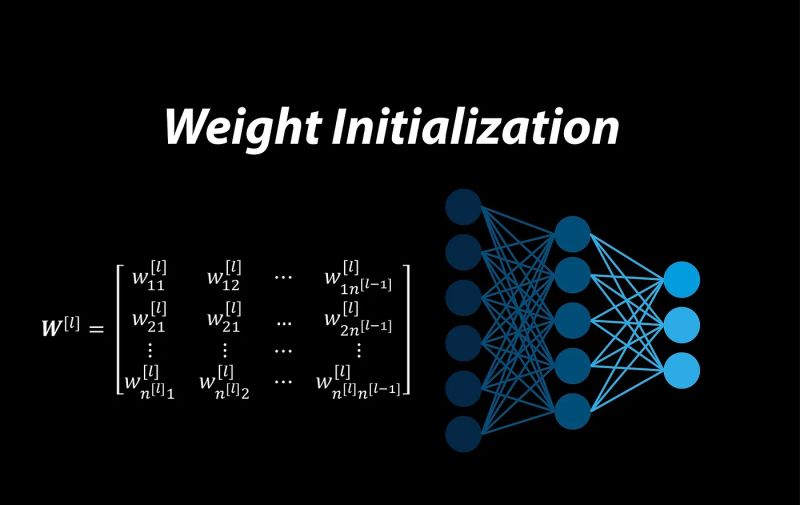Are you a 𝗕𝗮𝘆𝗲𝘀𝗶𝗮𝗻 or 𝗙𝗿𝗲𝗾𝘂𝗲𝗻𝘁𝗶𝘀𝘁? Time to find out.
Imagine you’re playing a game of darts at a carnival with your friends.
The goal?
Hit the bullseye.
Now, imagine two of your friends came along with you —Kramer, the Bayesian, and George, the Frequentist.
Kramer, relies on past experience. He says, “I’ve played this game before. Last time, I aimed slightly higher, and it worked.” He adjusts his throw based on prior knowledge and updates his belief after each throw.
George, skeptical as ever, says, “I’ll stick to the data. I’ll keep throwing darts and calculate how often I hit the bullseye.” He’s all about observing long-run frequencies and sticking to the numbers as they accumulate.
What’s the Difference?
⭕ Frequentist Perspective
Frequentists, like George, rely solely on observed data.
They believe probabilities are long-run frequencies of events. For them, the probability of hitting the bullseye is the proportion of successful hits over a large number of attempts.
What They Do:
Frequentists focus on fixed parameters. For instance, they don’t assign probabilities to a hypothesis being true or false. Instead, they use confidence intervals or hypothesis tests.
Why They Work:
Frequentist methods are great when you have lots of data and need objective, repeatable results. Examples A/B testing or clinical trials.
⭕ Bayesian Perspective
Bayesians, like Kramer, combine prior beliefs (what they already know) with observed data to update their understanding. They treat probabilities as degrees of belief.
What They Do:
Bayesians use Bayes’ theorem to calculate the posterior probability:
P(Hypothesis∣Data)=P(Data∣Hypothesis)⋅P(Hypothesis)/P(Data)
Why They Work:
Bayesian methods excel when prior information is available or data is limited. Examples include spam filtering or predicting rare events like earthquakes.
𝗠𝗼𝘀𝘁 𝗼𝗳 𝘂𝘀 𝗮𝗿𝗲 𝗯𝗼𝘁𝗵 :
If you are doing :
• Hypothesis testing (p-values)
• Confidence intervals
• Maximum Likelihood Estimation (MLE)
You are a frequentist at that time
While,
If you are doing:
• Bayesian networks
• Markov Chain Monte Carlo (MCMC)
• Predictive modeling with priors
You are Bayesian at that time.
When to Use What?
Use Frequentist Methods When:
• You have lots of data.
• You want objective results, free from subjective prior beliefs.
• Example: Drug trials with thousands of participants.
Use Bayesian Methods When:
• You have limited data.
• Prior knowledge is available and relevant.
• Example: Forecasting future sales based on historical trends.
So, the next time someone asks you about Bayesian vs. Frequentist, just think of Kramer and George at the dartboard! 🎯



